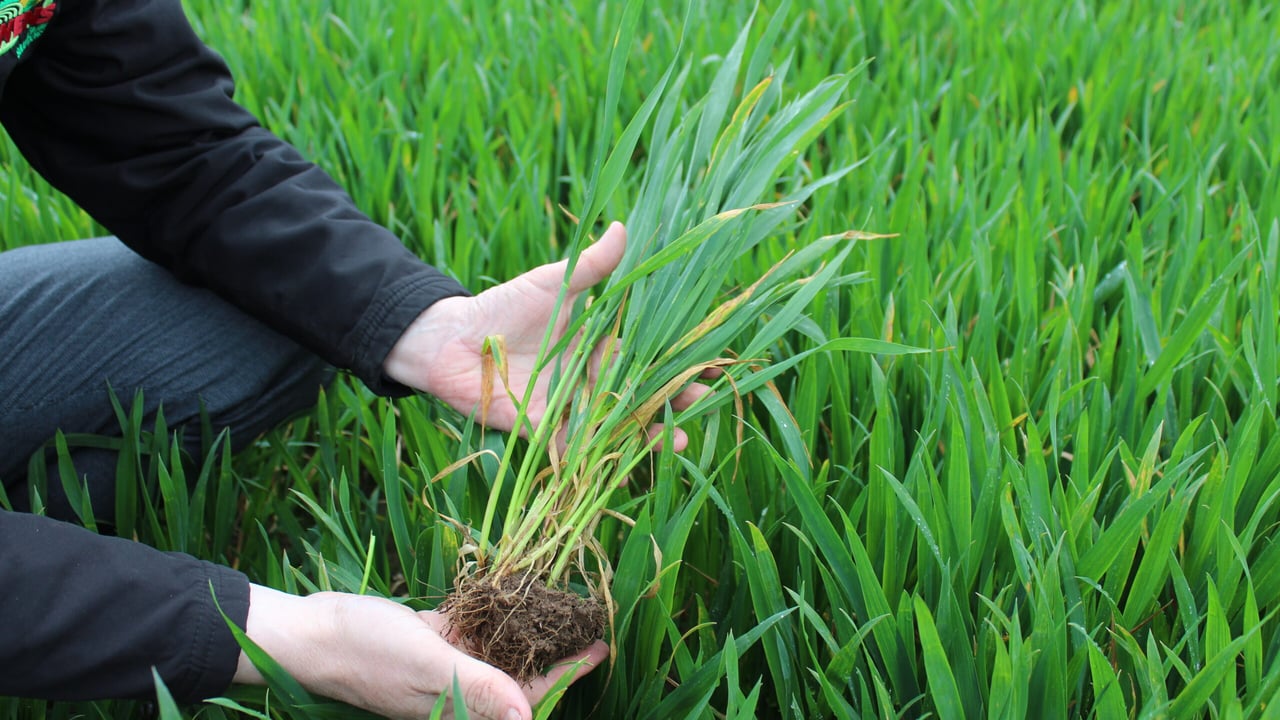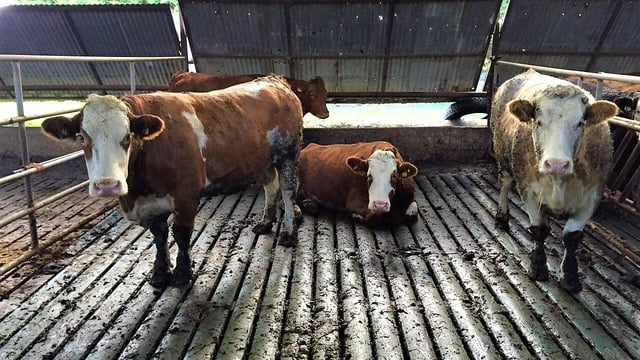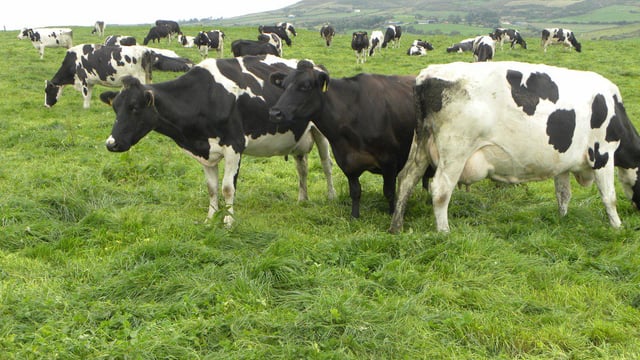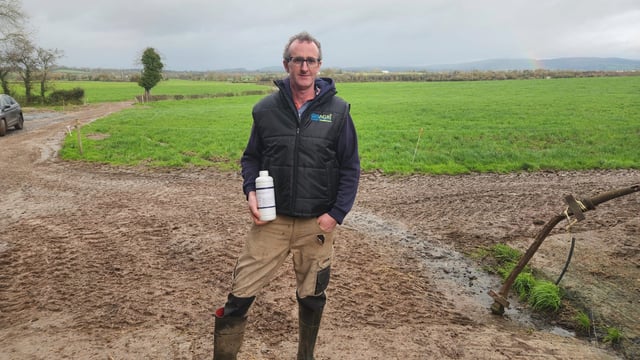BYDV tolerance is making a real and positive difference
Barley Yellow Dwarf Virus (BYDV) tolerance has played in improving winter barley performance according to one Drummonds’ agronomist.
Michael Howard spoke at the north east regional meeting of the Irish Grain Growers’ Group, which was held in Monasterboice, Co Louth.
According to the Drummonds’ representative the inclusion of the BYDV tolerance trait can be expected across a growing spectrum of barley varieties during the period ahead.
He also pointed to the prospect of BYDV tolerance what varieties becoming available in the near future.
“Cereal breeders across Europe are doing a tremendous job in bringing new and exciting varieties to market," Howard said.
BYDV
Drummonds runs its own cereal variety assessment programme at a site close to Termonfeckin.
Michael Howard said: “The work undertaken has two priorities, to actively assess the commercial potential of new varieties and to investigate new options for growers when it comes to the agronomy associated with crop production.
“This commitment is generating data that will be of specific interest to growers in the north east.
“We also have access to a very early site. This means that Drummonds’ agronomists will be ahead of the pack when it comes to identifying crop trends that will be of direct interest to commercial tillage farmers.”
Trials
A total of 150 varieties are currently in trial Termonfeckin and all the winter cereal plots have progressed well since they were planted out last autumn.
From an agronomy perspective, the Drummonds’ tem are assessing a number of crop management options, including the use of foliar fertilisers and biological – specifically seed treatments.
During his presentation Howard also highlighted a number of field work priorities that will kick-in for tillage farmers as spring 2025 beckons.
Where winter barley is concerned, early application of fertiliser nitrogen is important in order to encourage tiller development.
Seed rate is extremely important in establishing successful crops of spring oats.
The Drummonds’ agronomist recommended that establishment rates should average 300 plants per square metre.
It is also important to ensure that oats receive their full potash requirement, in order to ensure optimal yields and final grain quality.
Turning to winter oilseed rape, Michael Howard also confirmed the benefits of growers accurately assessing the Green Area Index of their crops.
This will allow for an accurate determination of the fertiliser nitrogen application rates that individual fields will require over the coming weeks.





